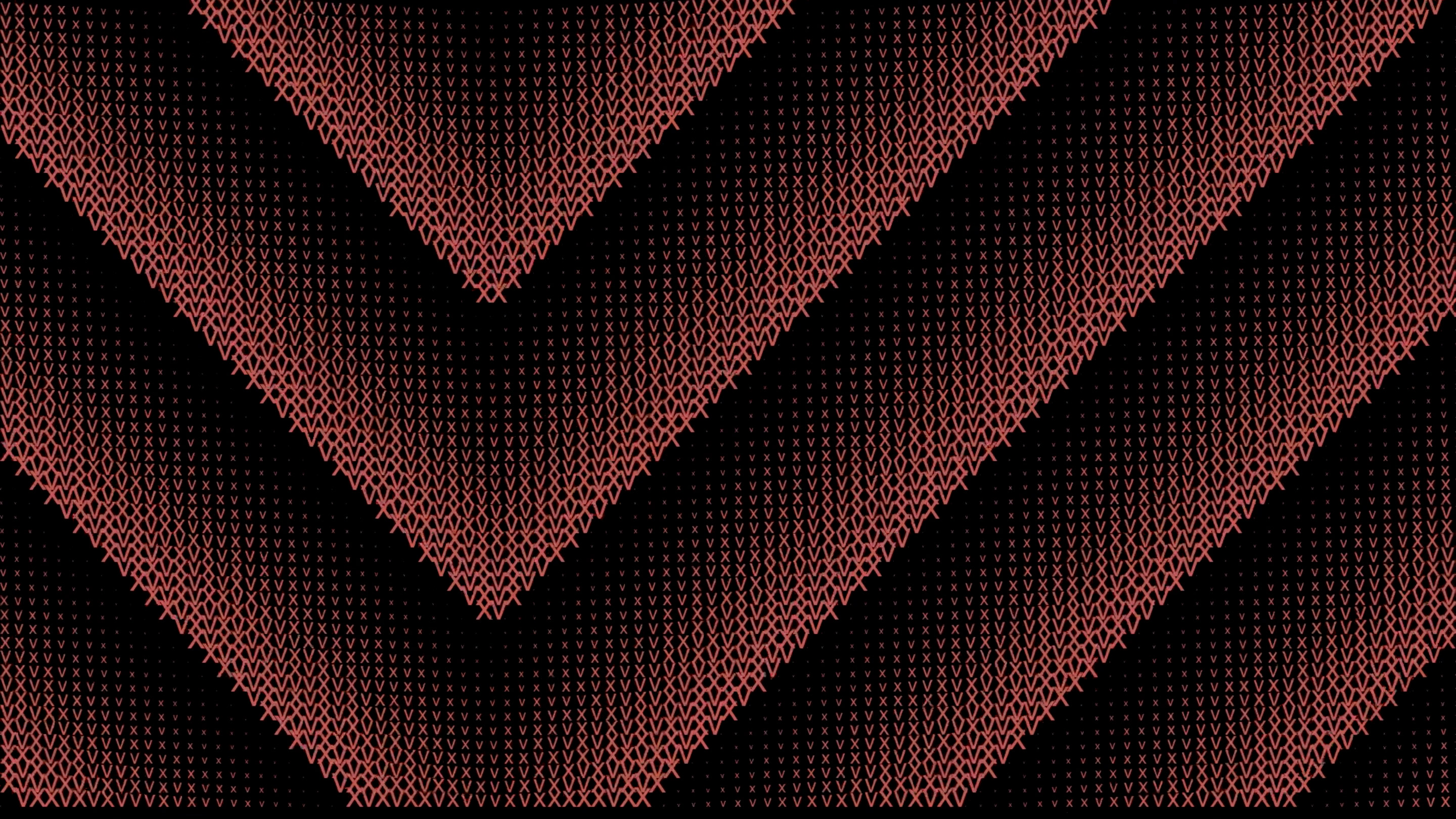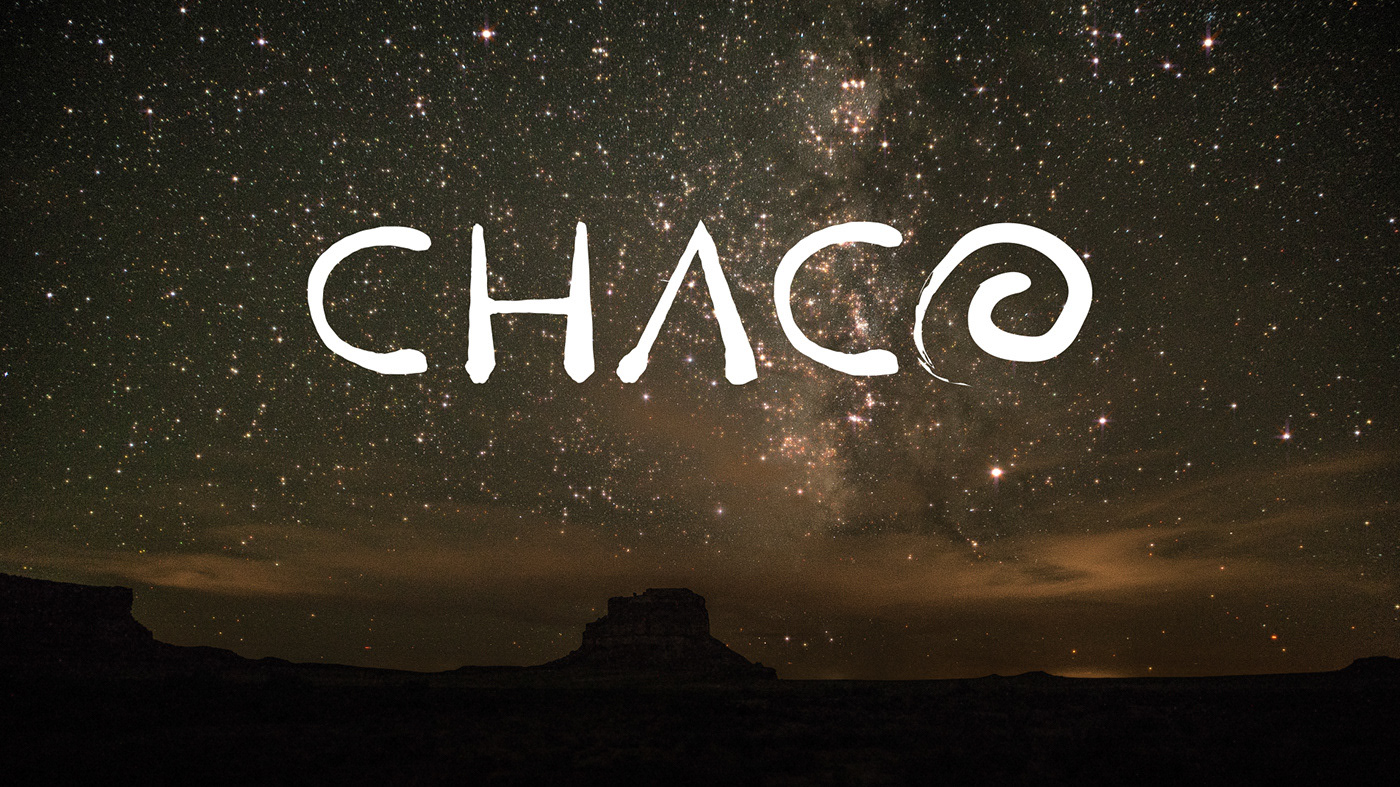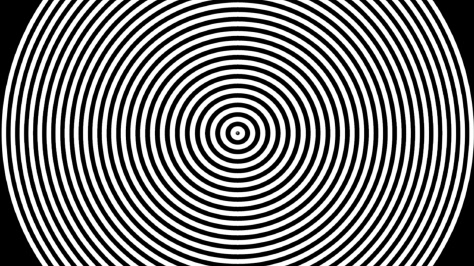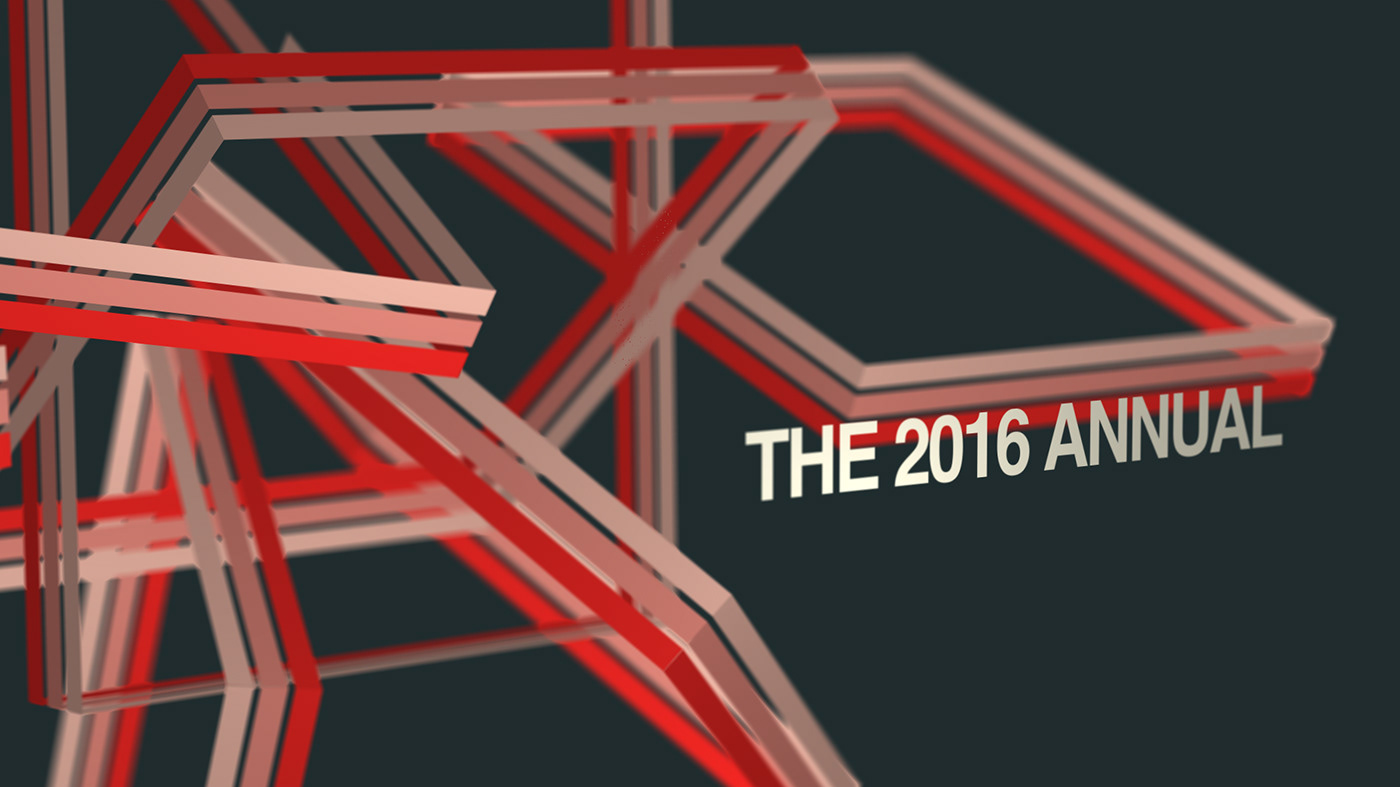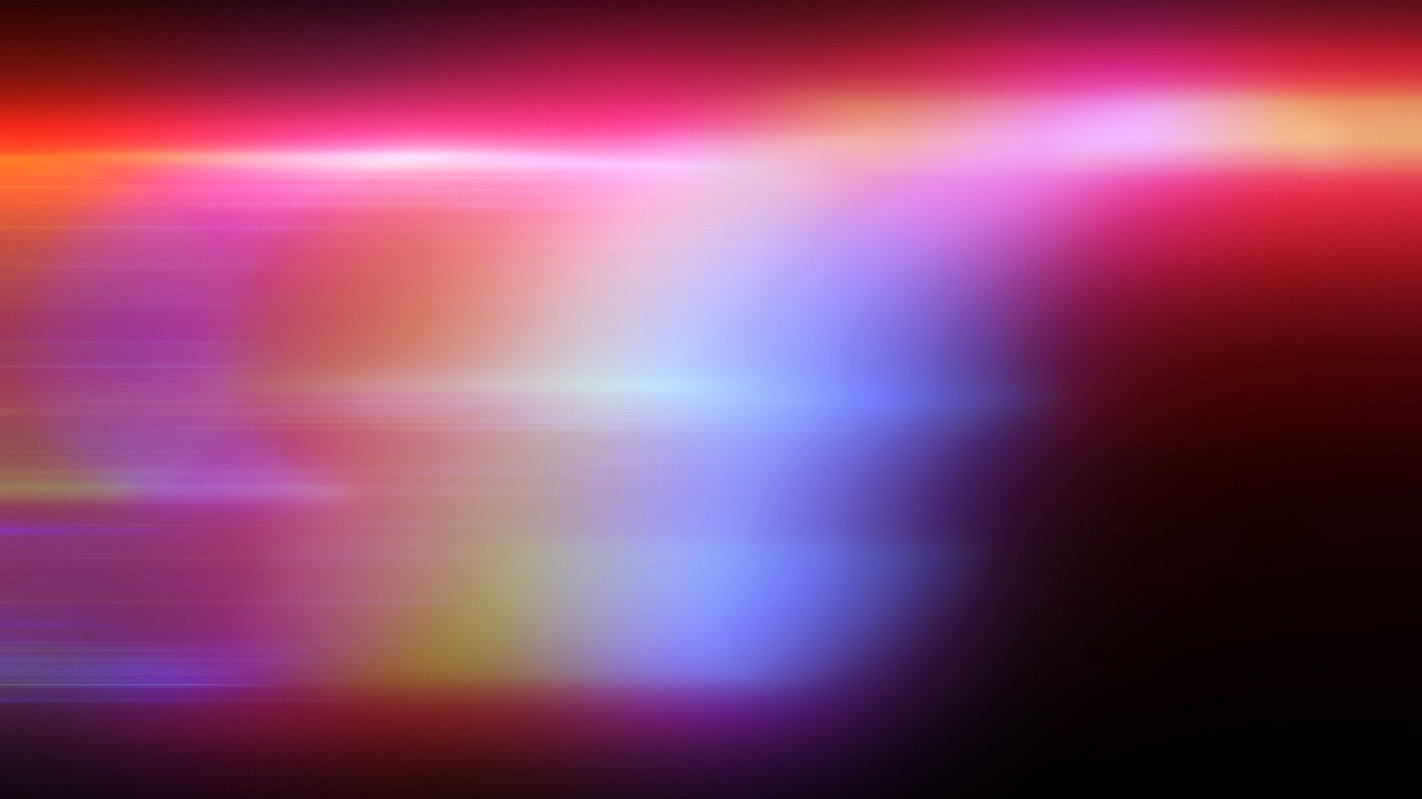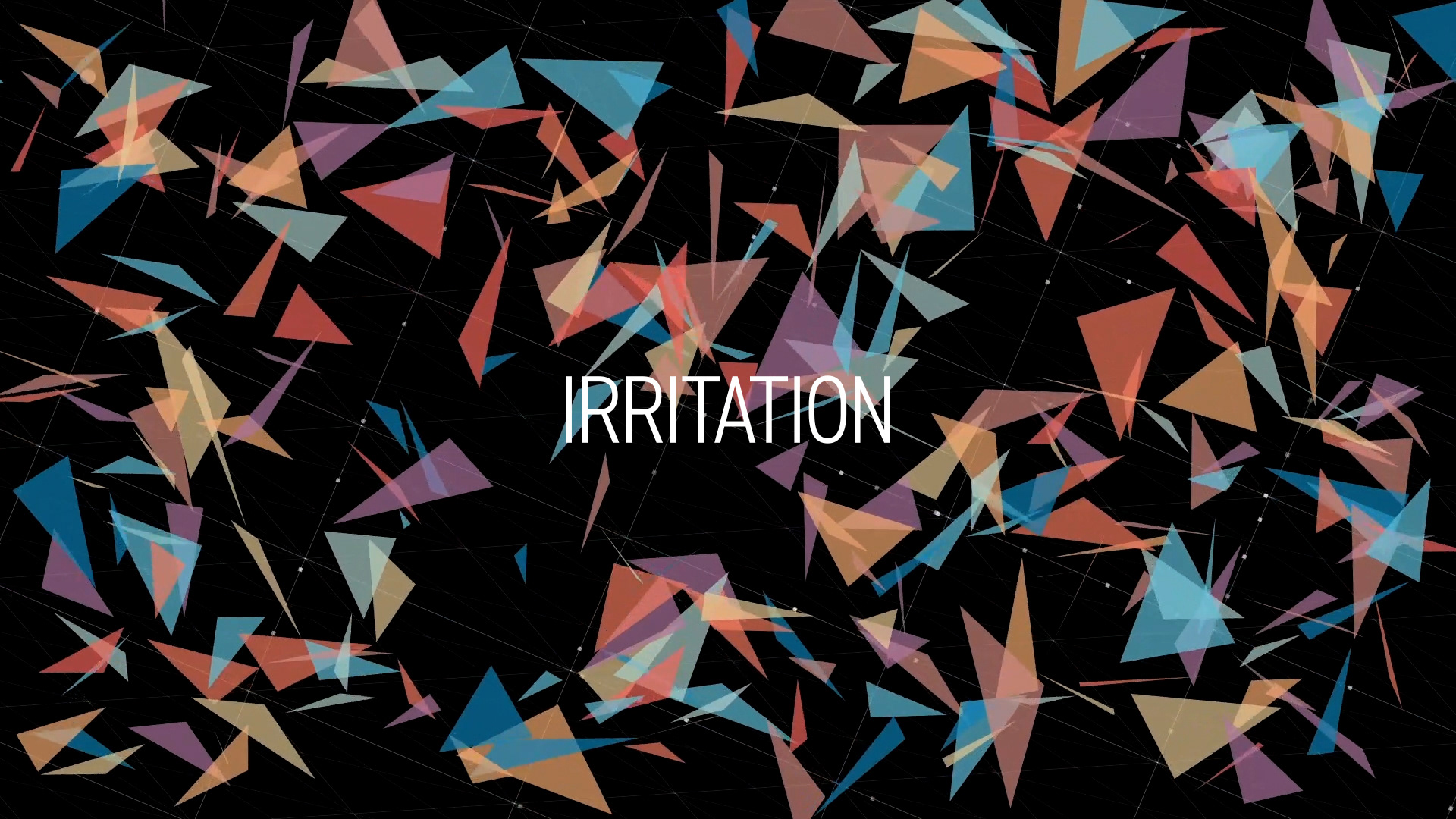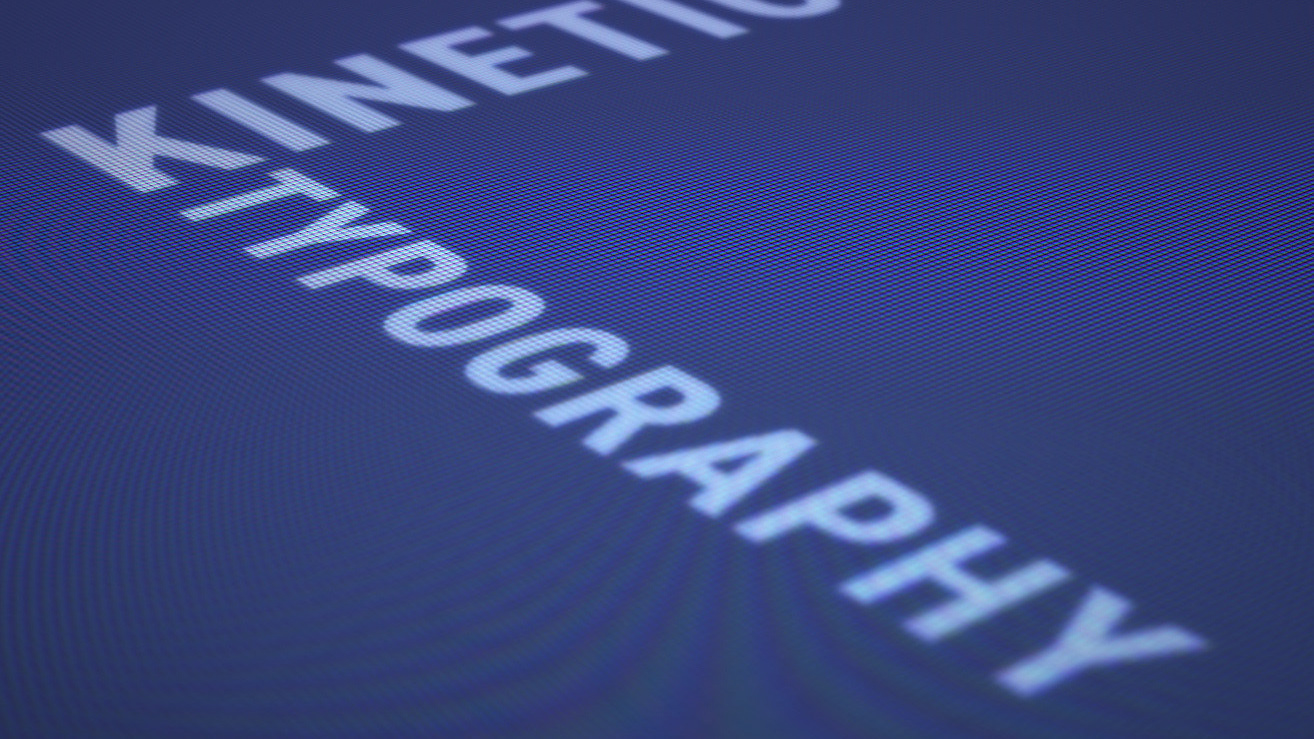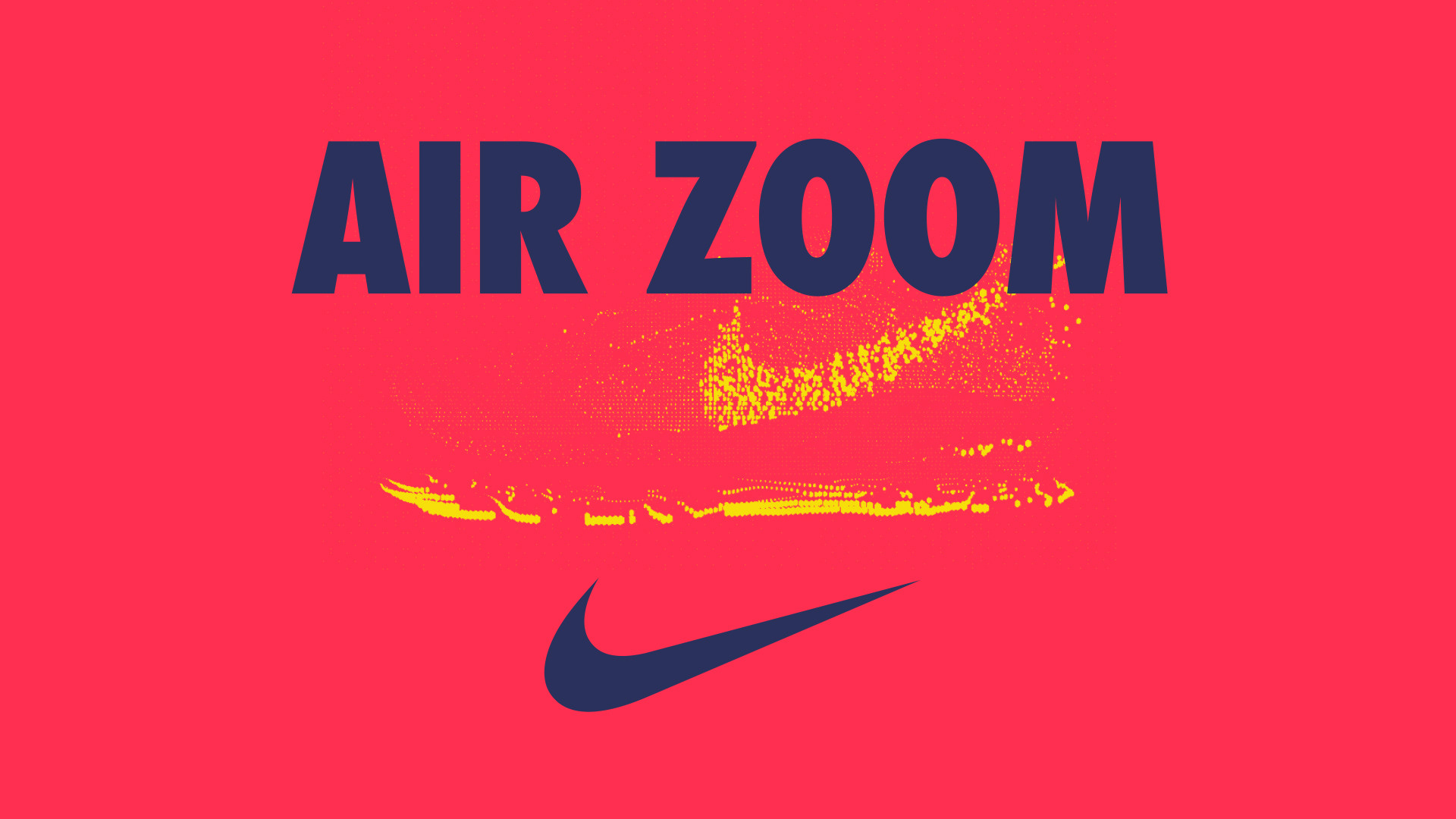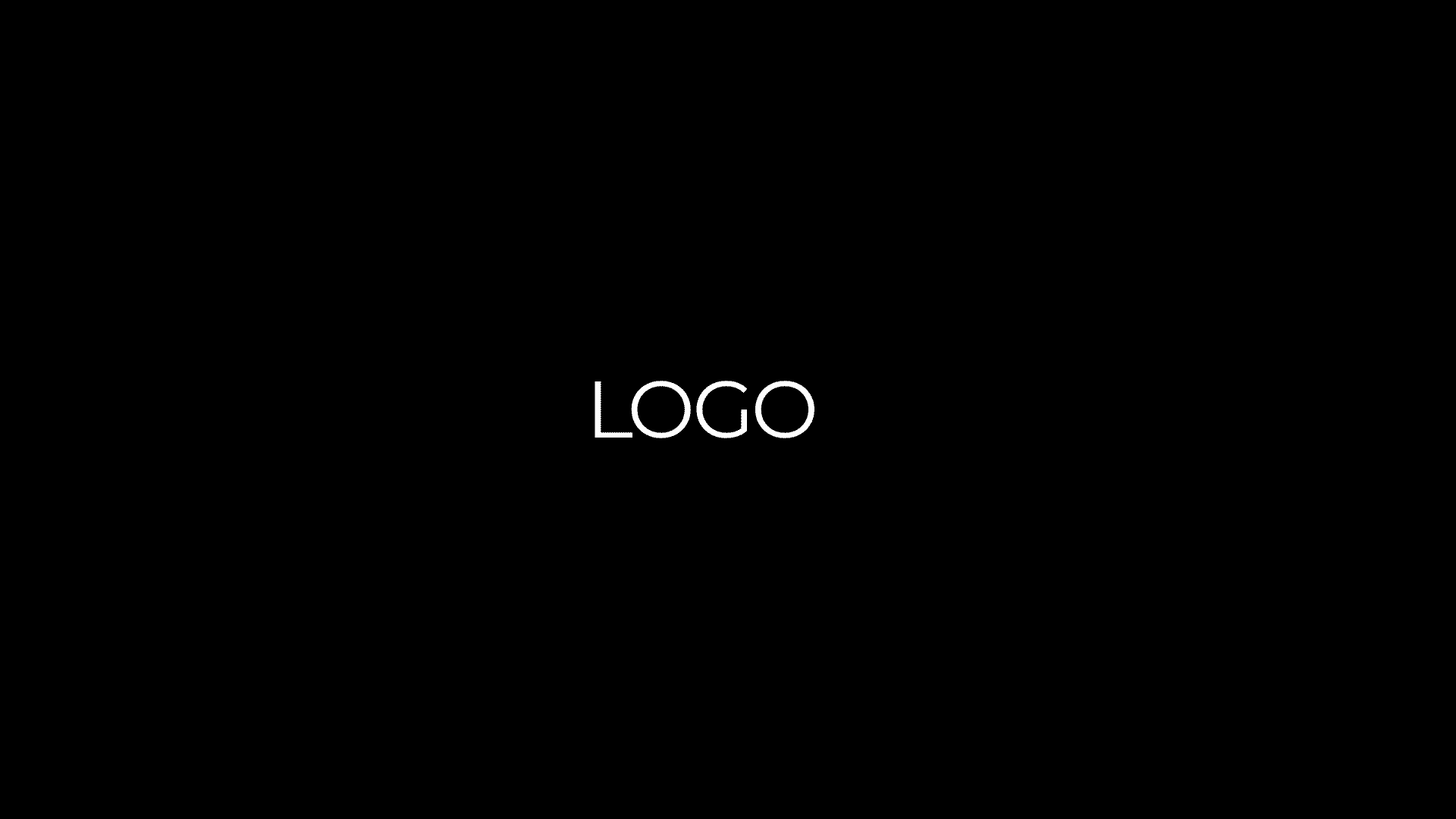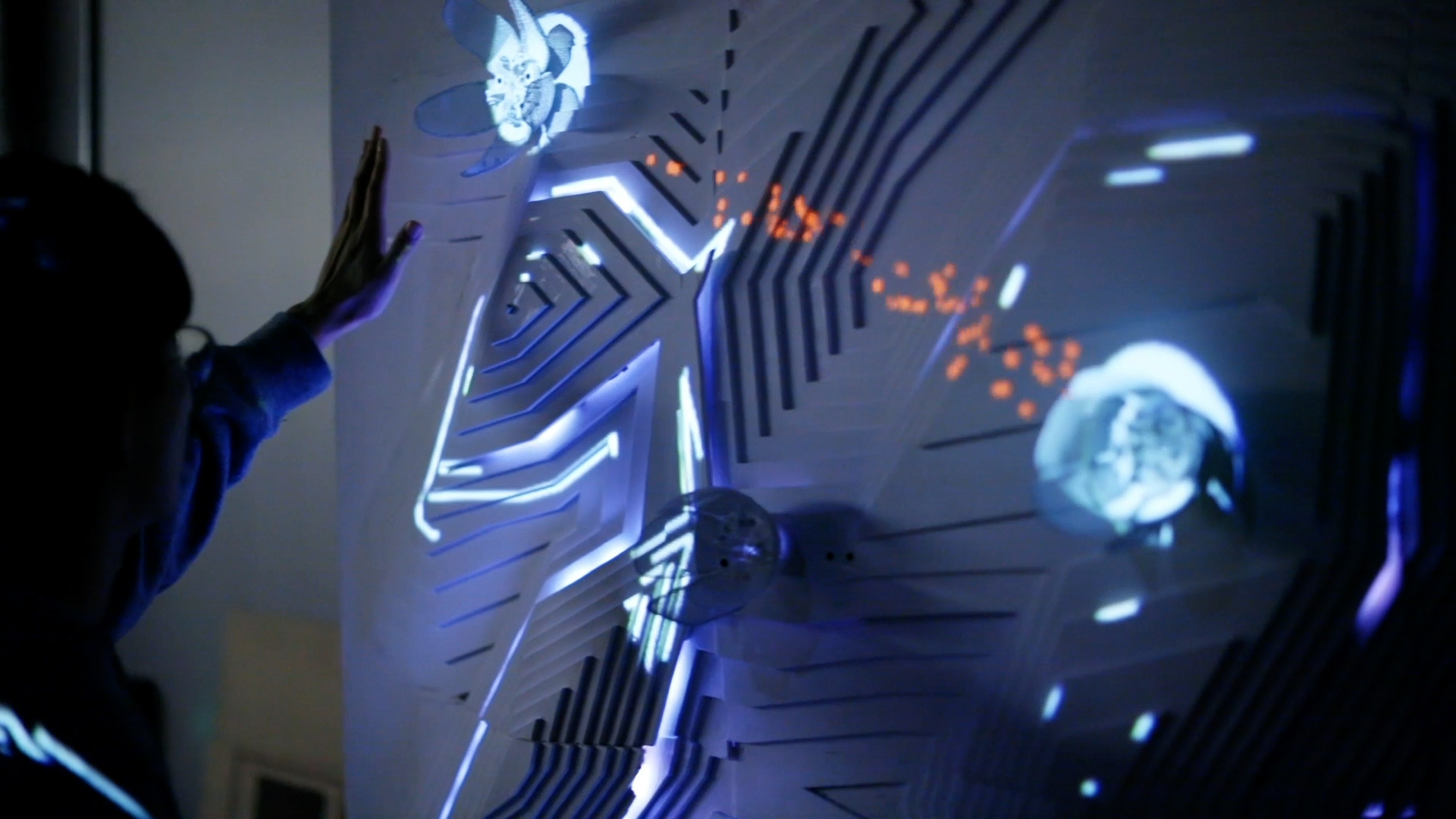Conceived at the height of the Cold War, The Hunt for Red October is an espionage film full of intrigue and adventure, yet it curiously retains a strong focus on research skills. This was an era where computing power was minimal. Information vital to national security had to be obtained via diligent sleuthing through dusty archives, journals, and intercepted correspondence.
I wanted to reflect this low-tech approach to intelligence gathering by showcasing the methods and more specifically, the tools our protagonist would've used to gain an understanding of his country's enemies.
This is by design a sequence without human actors. Although the presence of people is felt through their accoutrements, they are never seen. Macro lenses were utilized for a shallow depth of field that would allow the camera more intimacy with books, microfiche readers, and assorted documents.
Original Titles
After an introduction to the titular submarine, we are transported through an old etching of a navy battle into Jack Ryan's home office in London where he is packing for a trip to Washington D.C. The camera slowly pans around the room observing various books secret files and Naval memorabilia, and then cuts to include the faintest hint of character development when he pauses to comfort his daughter.
The remainder of the sequence consists of shots of Ryan traveling, as well as an introduction to the idea that he hates flying. It will not be possible to replicate these character moments in my version, but both of these plot points are reiterated via dialogue in the following scene.
The message in this sequence is clear. Ryan is going through a lot of trouble to travel to D.C. with his message. However I believe the titles could be better put to use by focusing on the actual research that lead him to make these travel plans.
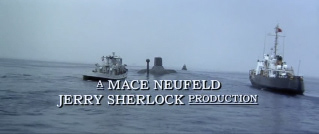
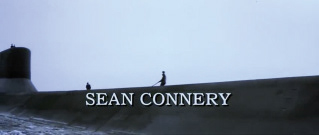
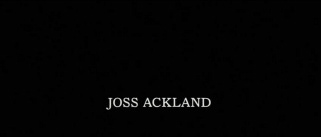
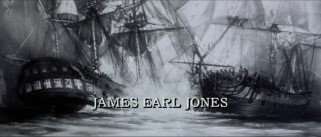
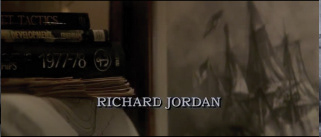
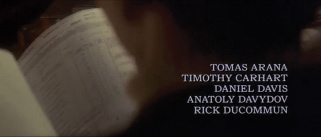

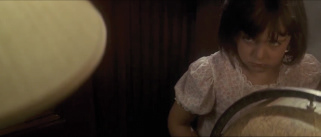
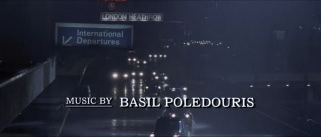
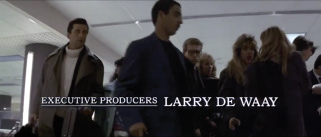
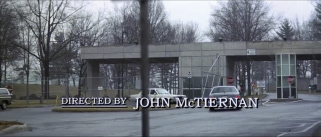
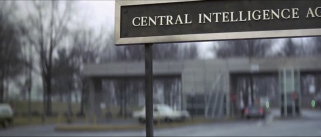
Original Title Analysis
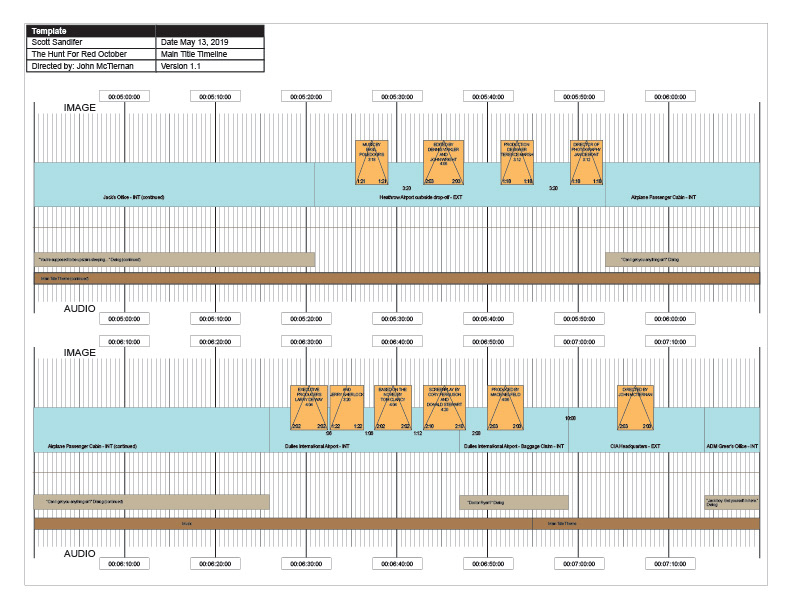
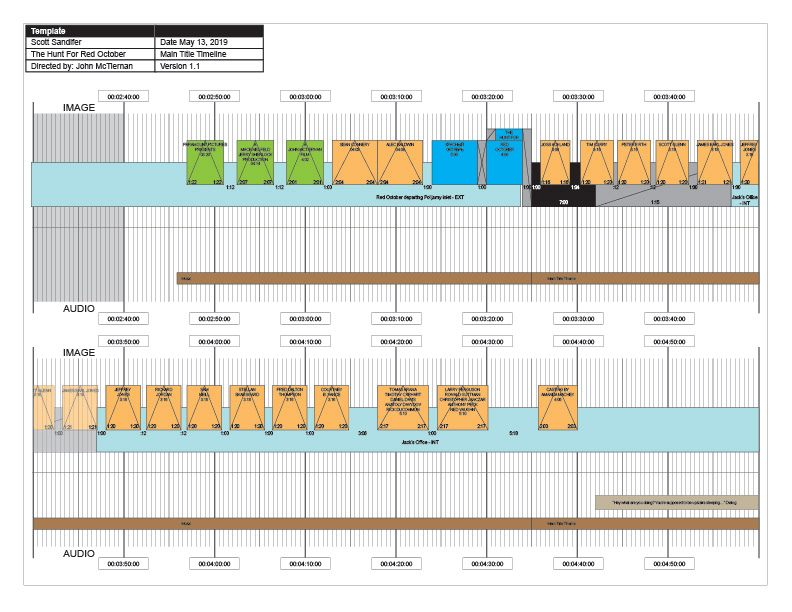
I wanted my project to reflect the same timing as the original. Consequently, my starting point for this redesign was an analysis of the original title sequence.
I was surprised both by the total length of this sequence as well as how briefly each name is on screen. Each title begins reducing its opacity immediately after it finishes fading in.
I was surprised both by the total length of this sequence as well as how briefly each name is on screen. Each title begins reducing its opacity immediately after it finishes fading in.
Also of note is a rather large gap in the middle of the sequence to insert a scene that helps establish the main character. As I had no access to the original actors, my version would not include this scene.
Initial storyboards
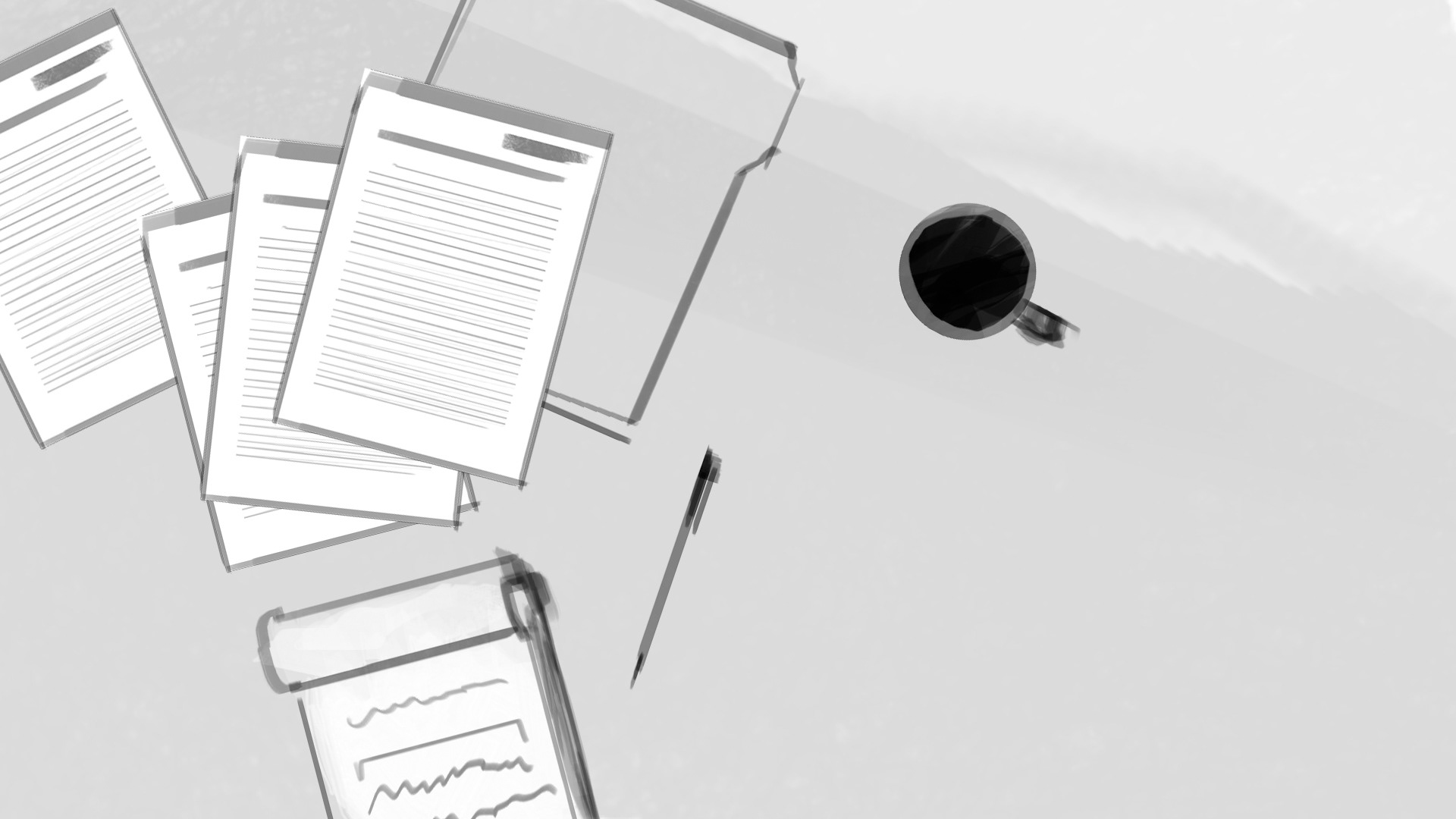
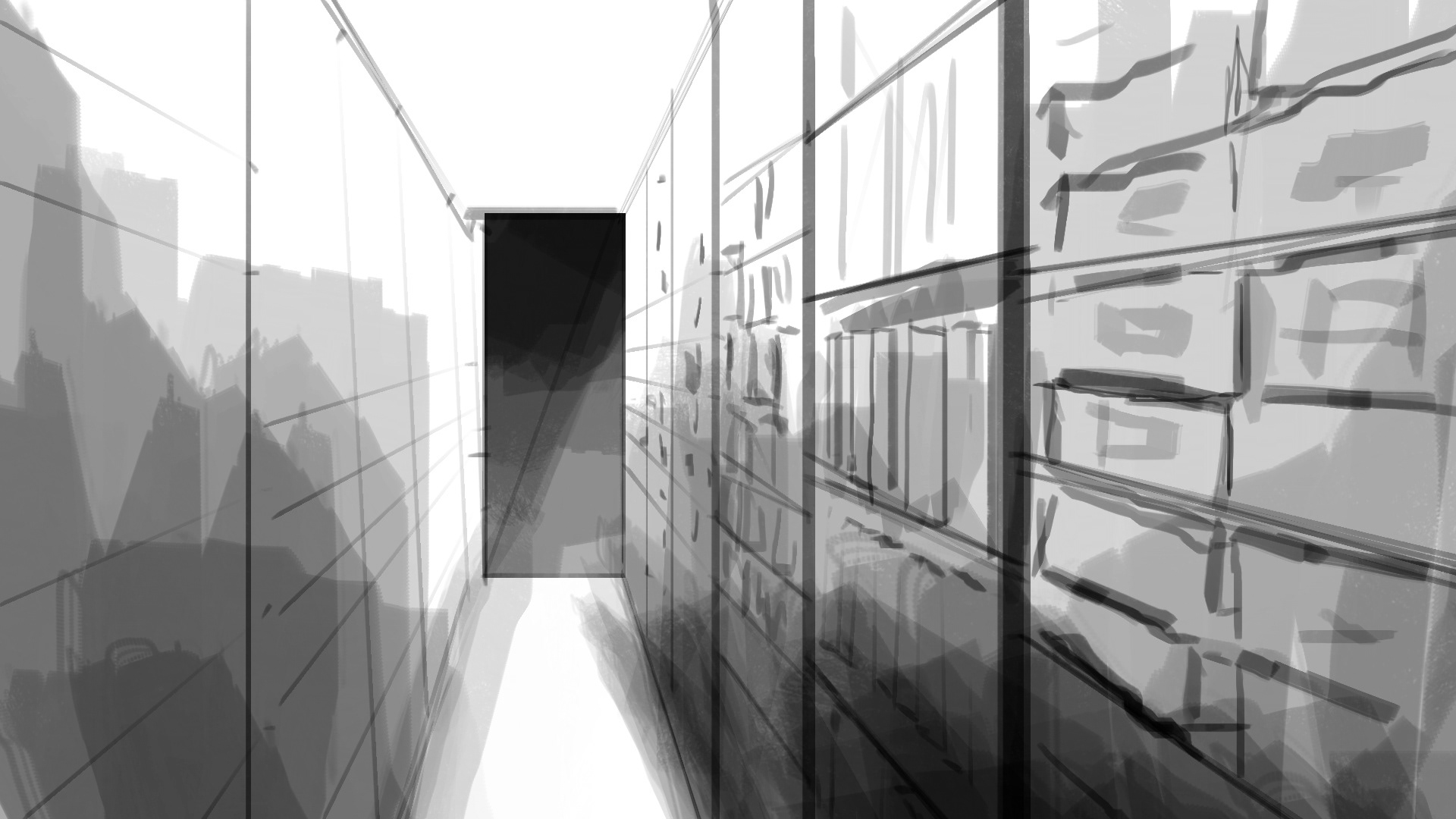
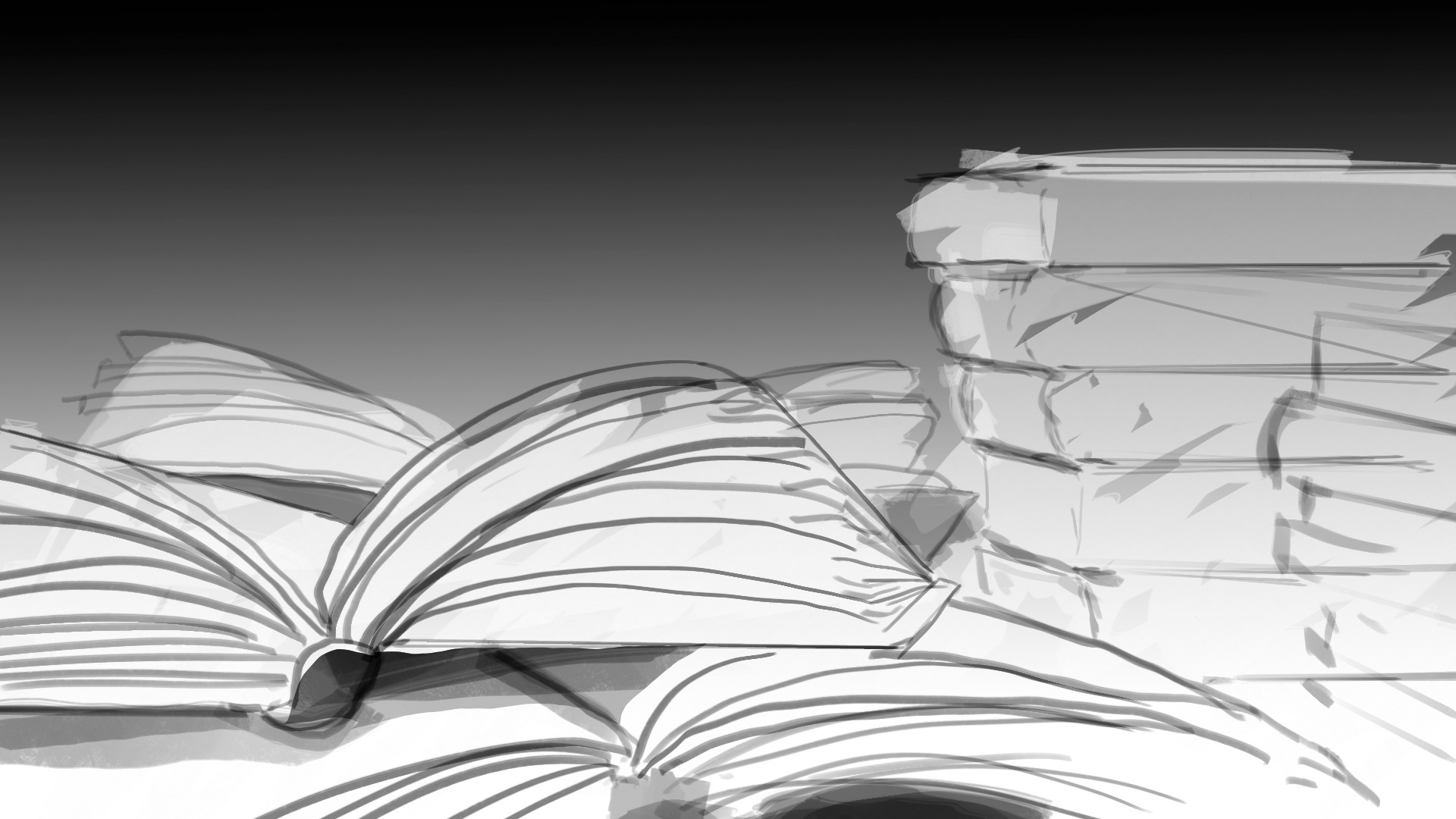
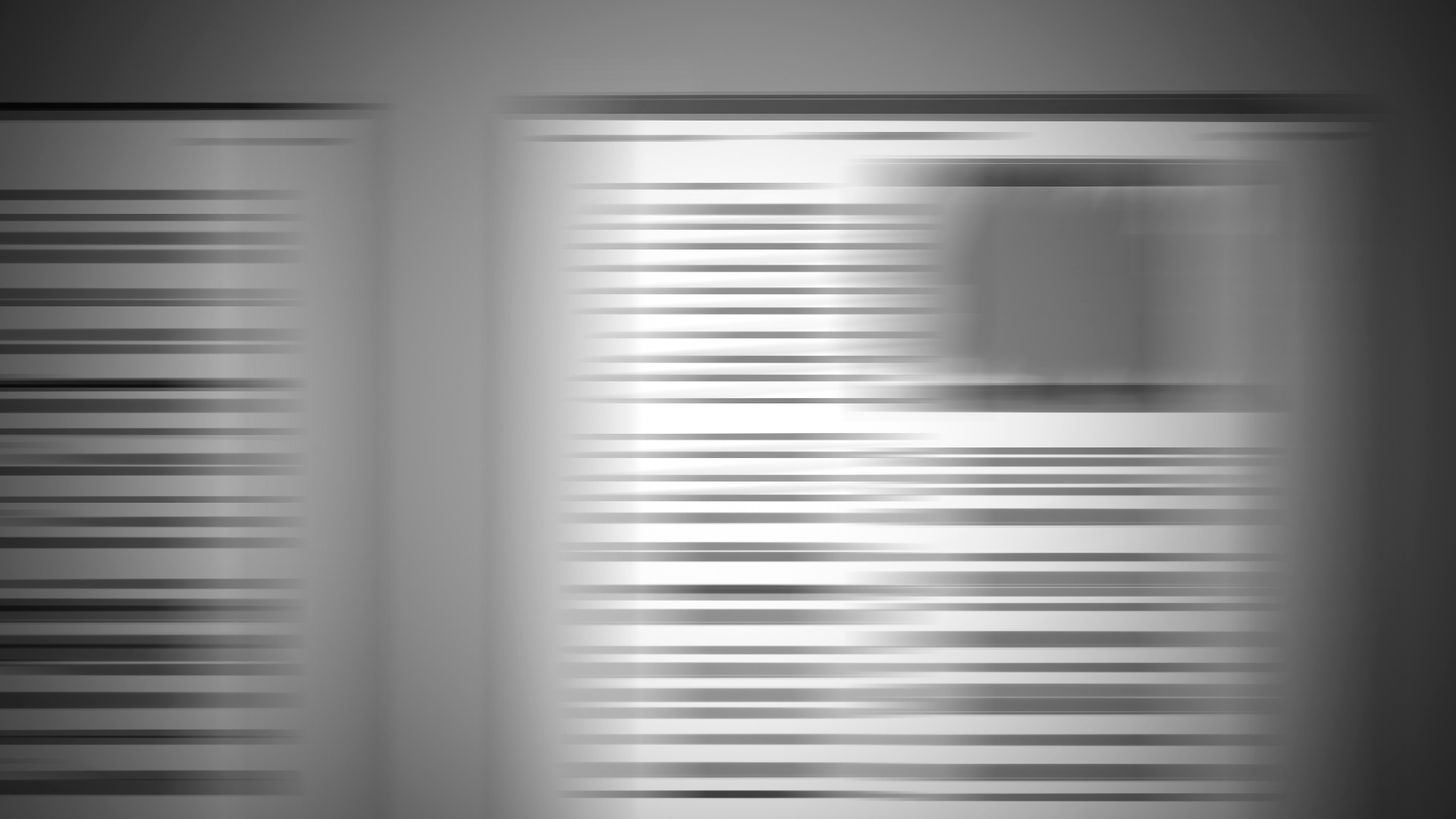
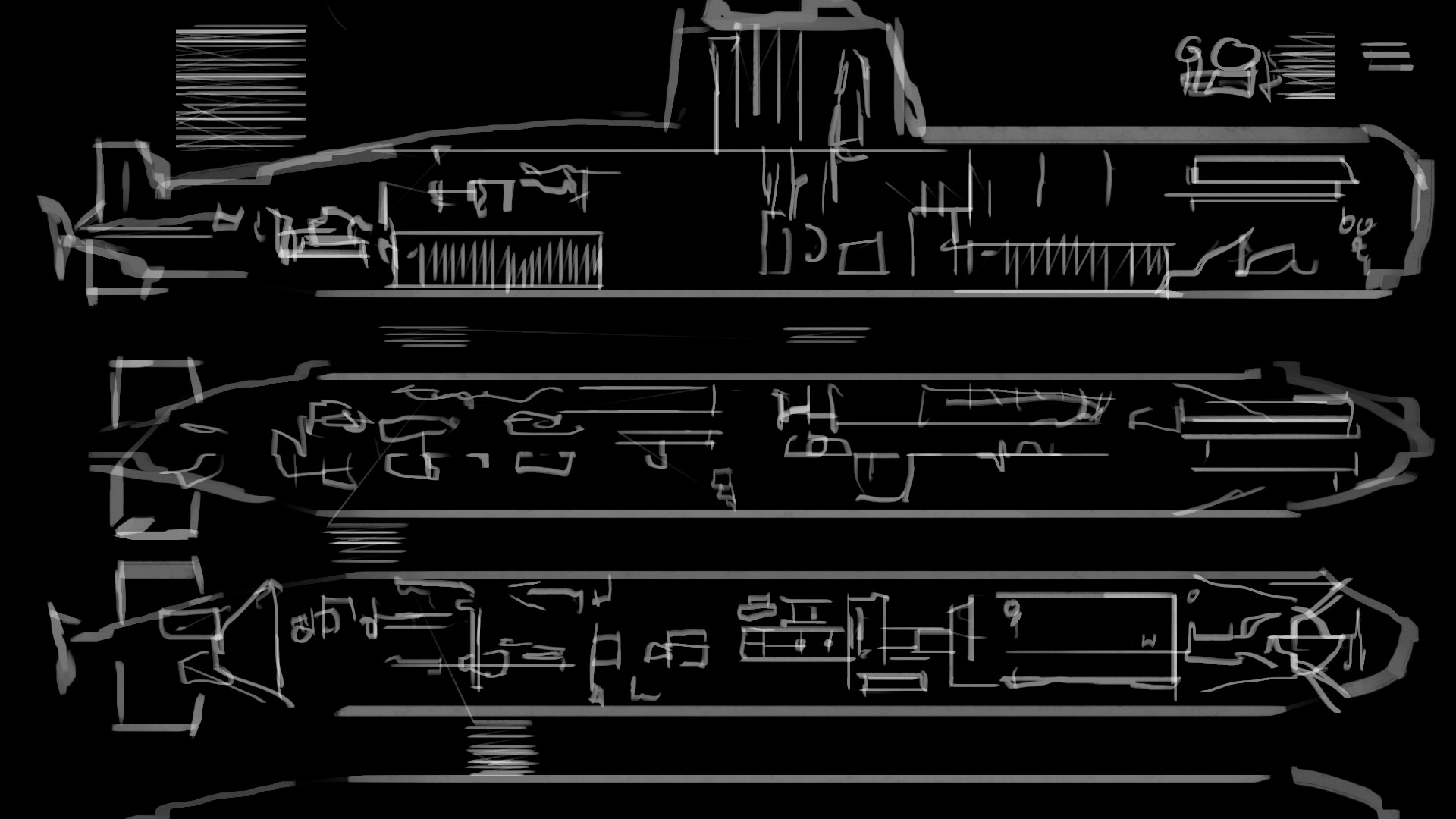
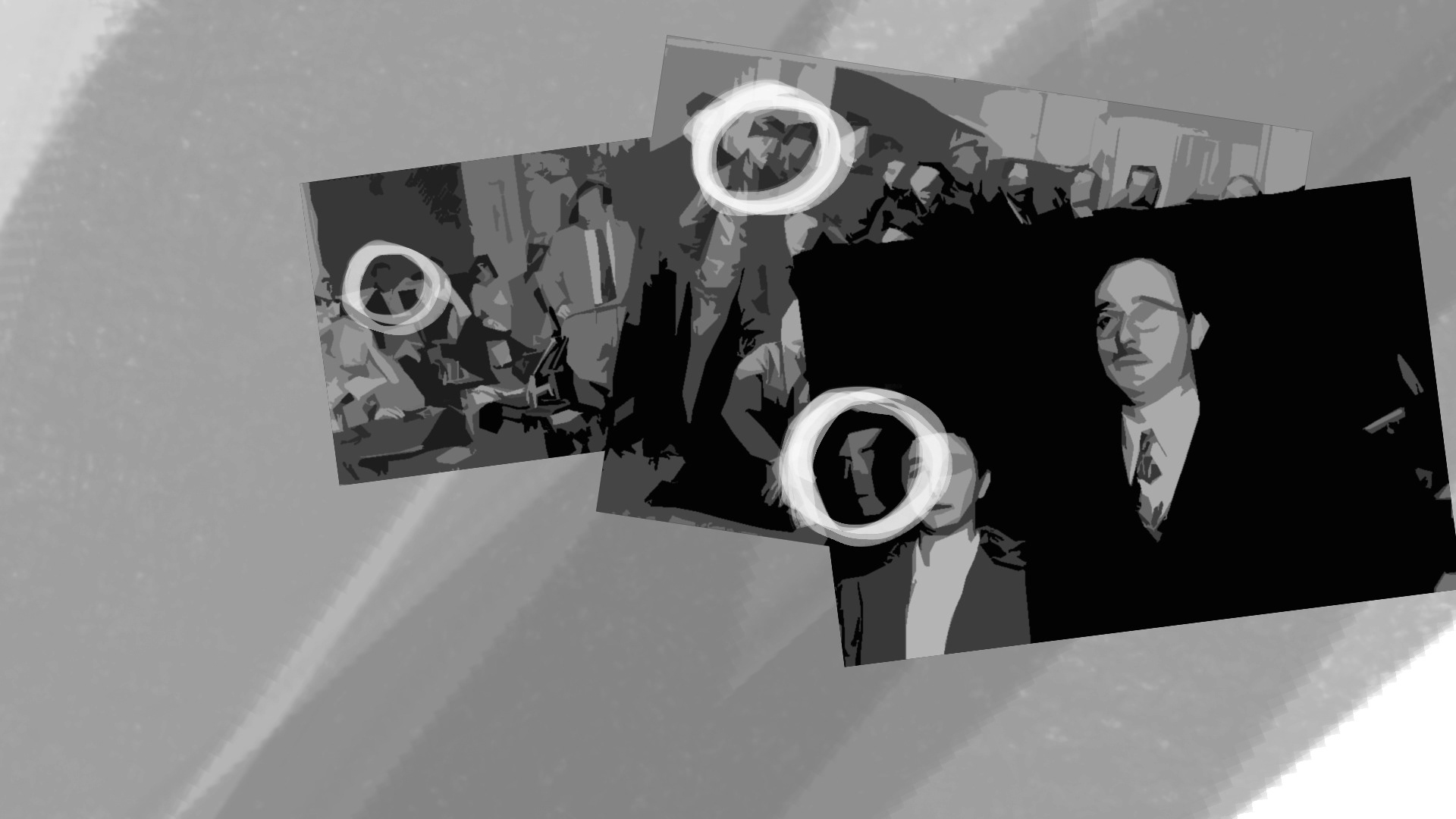
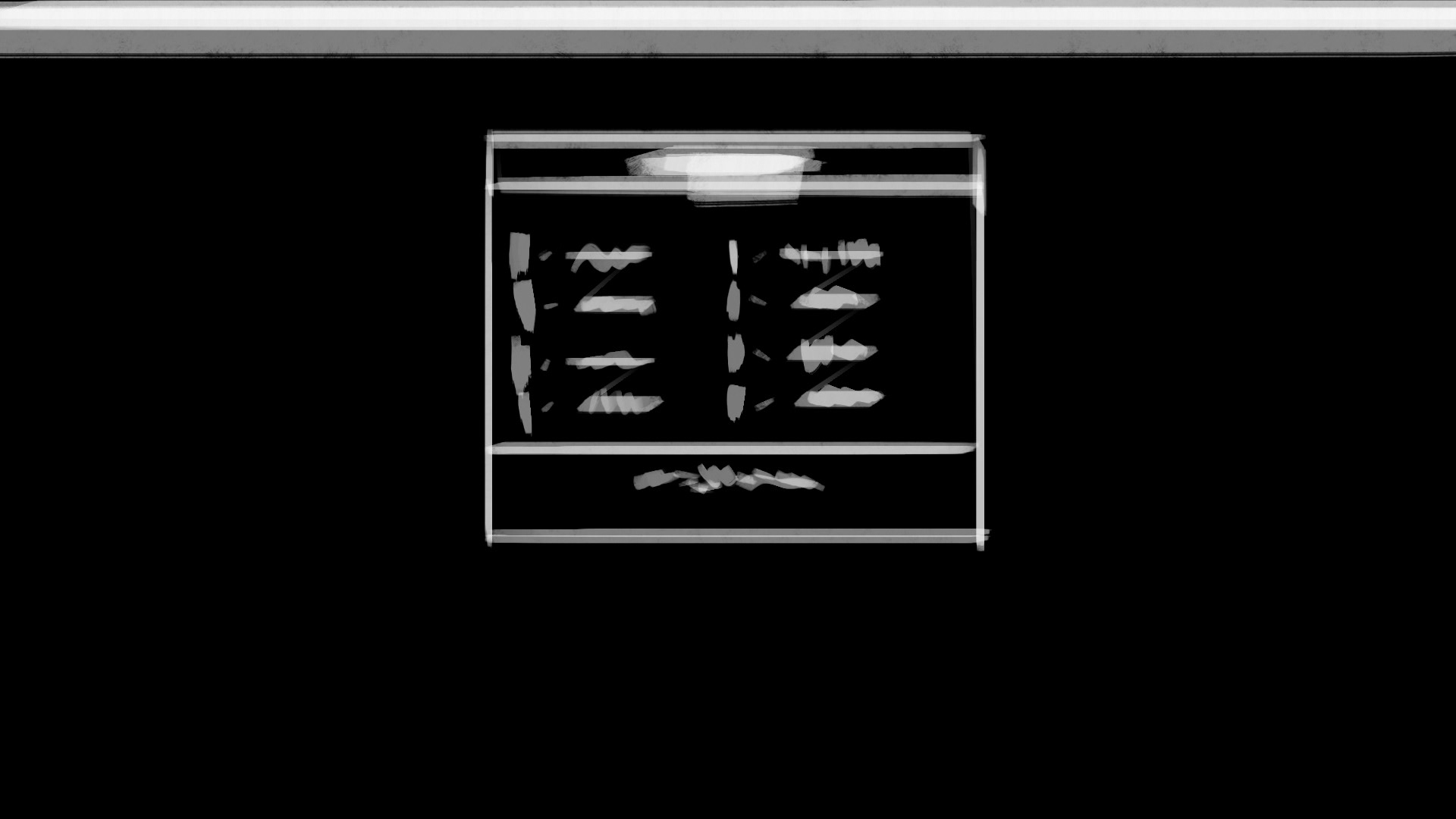
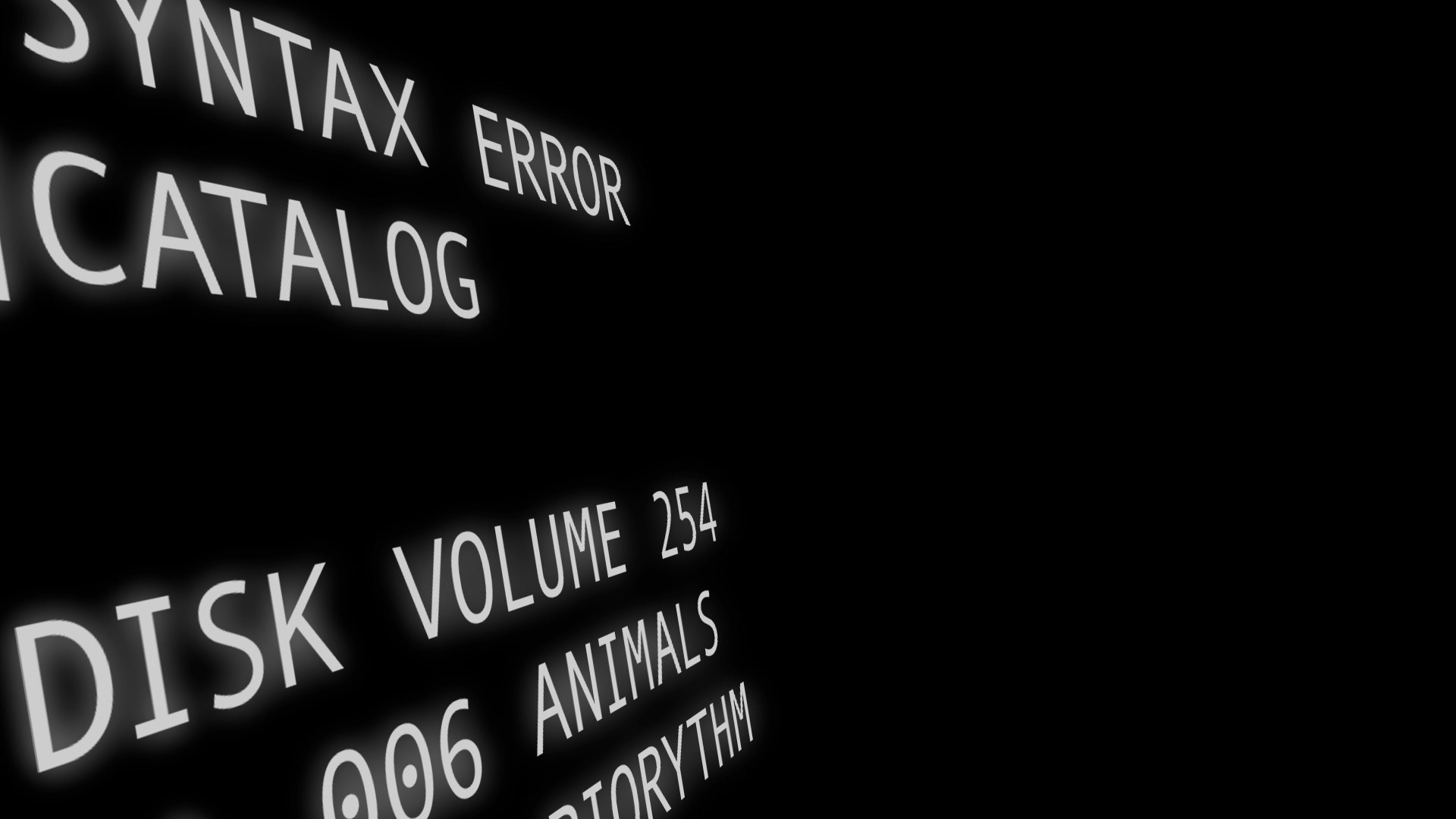
Asset development
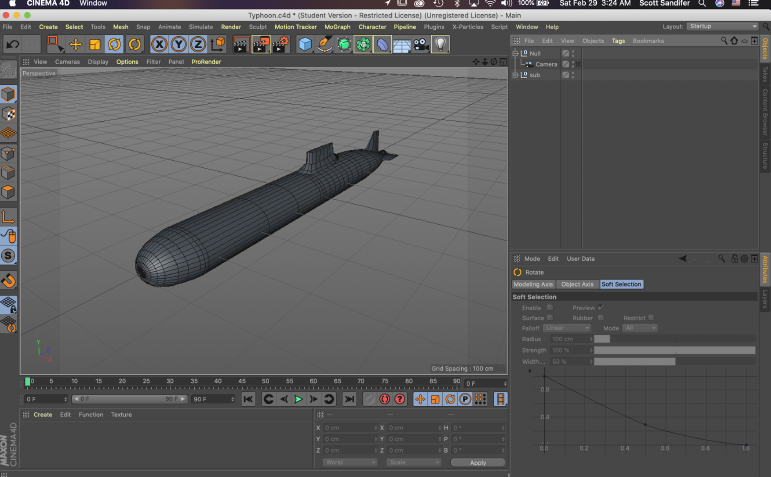

Cinema 4D was used to build a rudimentary wireframe model of the Red October. These images would eventually be displayed on a large monitor and then filmed via camera to simulate the presence and intimacy of a 1980s era computer.
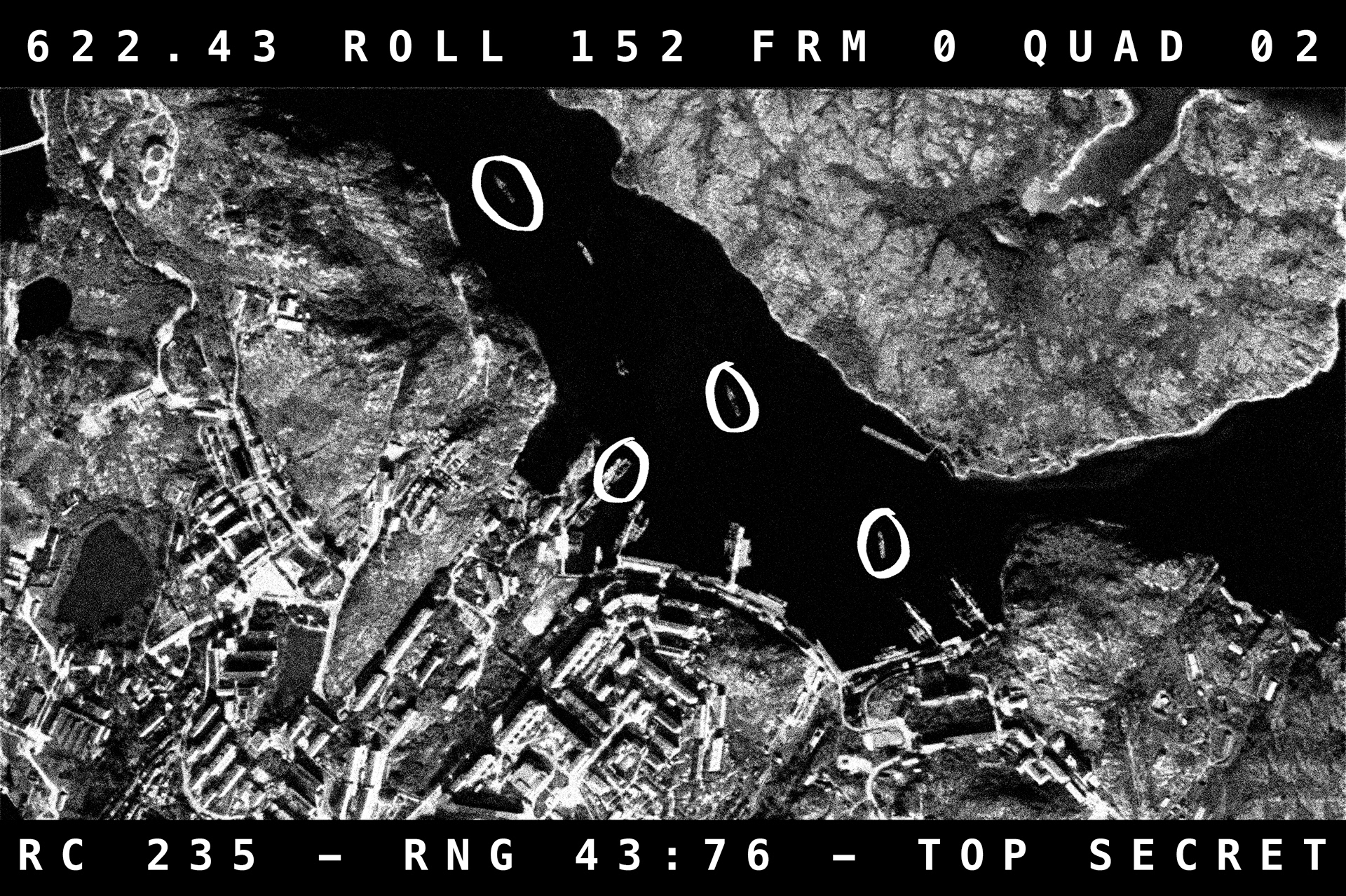
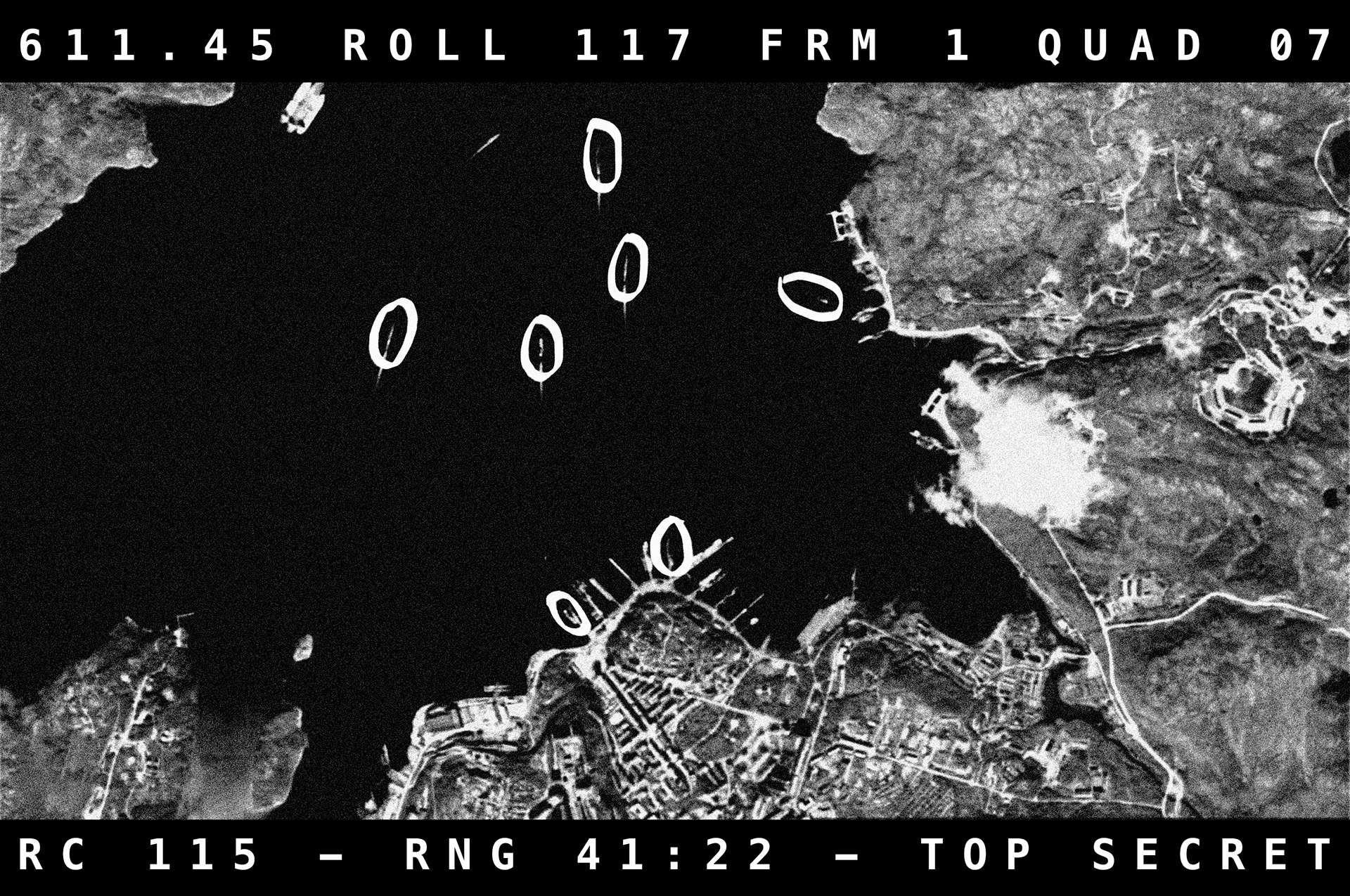
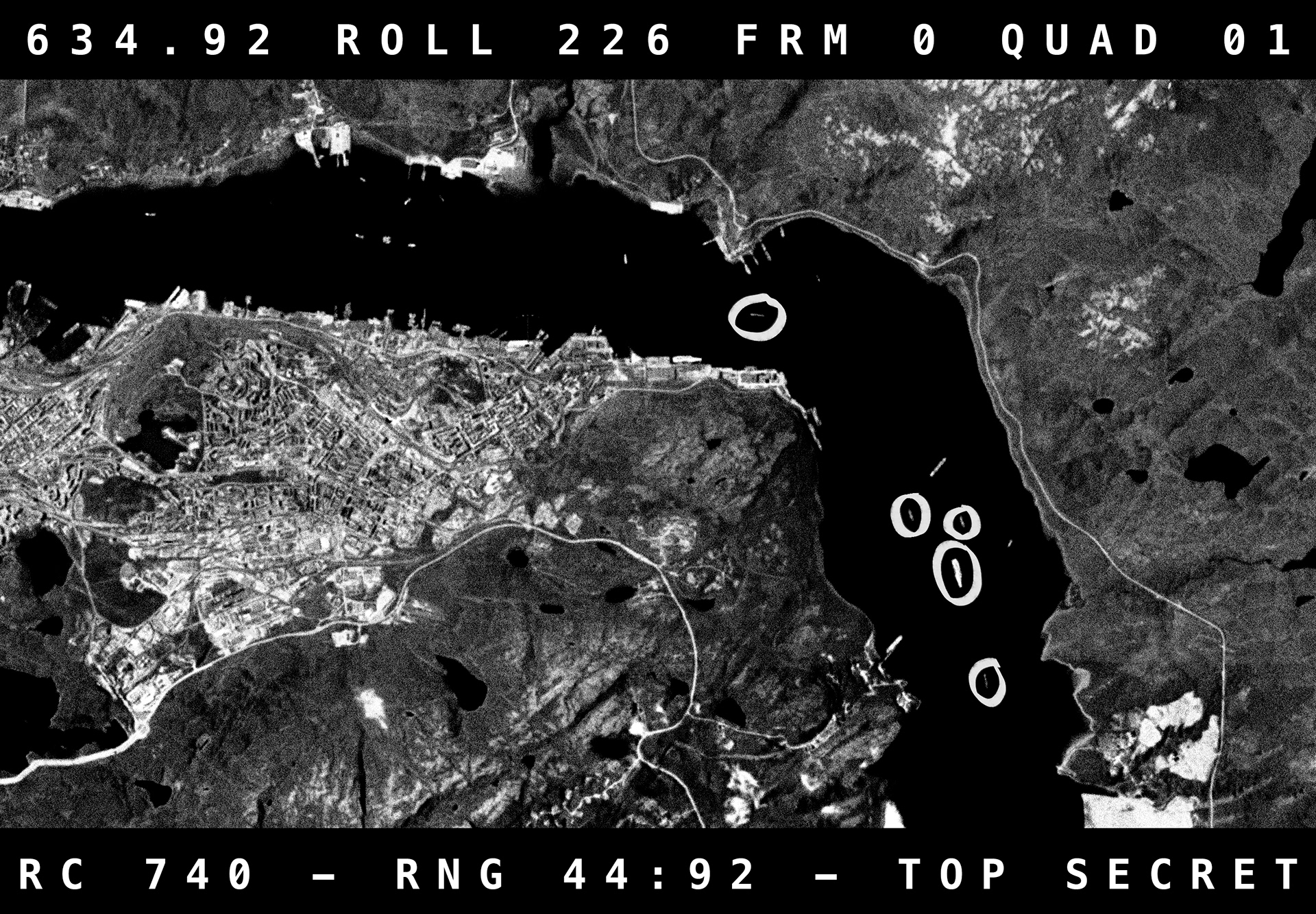
In the year 2019 it is considerably easier to obtain satellite photos of Russian naval bases.
A quick Google Earth session rewarded me with multiple views of formerly mysterious harbors.
Then it was just a matter of drawing boats and their wakes, then desaturating and printing them.
A quick Google Earth session rewarded me with multiple views of formerly mysterious harbors.
Then it was just a matter of drawing boats and their wakes, then desaturating and printing them.
To further create a sense of research, fake documents were created, and degraded to appear photocopied.

